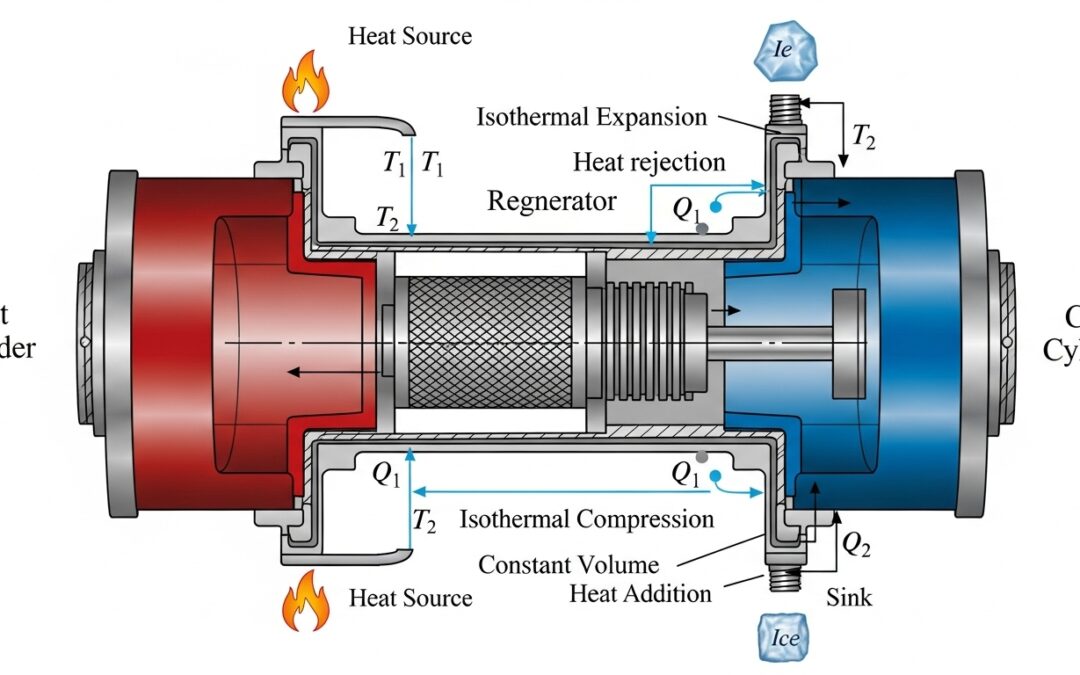The concept of projectile motion is a cornerstone of physics, illustrating how objects move under gravity’s influence. This often involves solving problems related to vertical and horizontal displacement, and it becomes particularly interesting when dealing with multiple objects. Today, we’ll examine how to determine when two stones launched at different times and velocities meet, specifically when their vertical positions, or match vertical heights, coincide.
Table of Contents
Read More
Projectile Motion — When Two Stones Reach the Same Height
Projectile motion often requires analyzing simultaneous vertical positions of two objects. In this case, we explored when two stones, thrown at different times and velocities, align at the same vertical height under gravity. This problem showcases how kinematics and algebra blend to solve real-world scenarios.
Equations of Motion
- Stone A (launched at ##t=0##): ### y_A(t) = 18t – 4.9t^2 ###
- Stone B (launched at ##t=2.5## s): ### y_B(t) = 32(t-2.5) – 4.9(t-2.5)^2 ###
Solving for Equal Heights
Set the equations equal: ### 18t – 4.9t^2 = 32(t-2.5) – 4.9(t-2.5)^2. ###
Expanding and simplifying yields: ### 0 = 38.5t – 110.625. ###
Thus: ### t = \tfrac{110.625}{38.5} \approx 2.87\;\text{s}. ###
Common Height
Substitute ##t=2.87## into Stone A’s equation: ### y_A(2.87) = 18(2.87) – 4.9(2.87)^2 \approx 11.4\;\text{m}. ###
This matches Stone B’s calculation, confirming accuracy.
Results
- Meeting time: ##t \approx 2.87## s
- Common height: ##y \approx 11.4## m
Key Takeaways
- Model each projectile with its own kinematic equation.
- Account for delayed launches using shifted time expressions.
- Set vertical positions equal to find intersection times.
- Verify with both equations to confirm consistency.
Summary Table
| Parameter | Stone A | Stone B |
|---|---|---|
| Initial Velocity (##v_0##) | 18 m/s | 32 m/s |
| Launch Time | ##t = 0## s | ##t = 2.5## s |
| Equation of Motion | ##y_A(t) = 18t – 4.9t^2## | ##y_B(t) = 32(t – 2.5) – 4.9(t – 2.5)^2## |
| Meeting Time | ##t \approx 2.87## s | |
| Common Height | ##y \approx 11.4## m | |
Similar Problems — Quick Meeting Time Calculations
These quick solutions illustrate how to determine the time when two vertically launched objects reach the same height under gravity. Each case considers different launch velocities and possible launch delays.
Problem 1
Two balls thrown upwards simultaneously with initial velocities ##v_{01} = 15## m/s and ##v_{02} = 20## m/s. Meeting time: ≈ 0.51 s
Problem 2
Two rockets: Rocket A launched at ##t=0## with ##50## m/s, Rocket B launched 3 s later with ##60## m/s. Meeting time: ≈ 6.12 s
Problem 3
Stone A launched at ##t=0## with ##20## m/s, Stone B launched at ##t=1## s with ##25## m/s. Meeting time: ≈ 2.72 s
Problem 4
Two projectiles: velocities ##30## m/s and ##40## m/s, with a launch delay of 2 s. Meeting time: ≈ 4.39 s
Problem 5
Two objects thrown with velocities ##25## m/s and ##35## m/s, second launched 1.5 s later. Meeting time: ≈ 3.63 s
Summary Table
| Problem | Launch Details | Meeting Time |
|---|---|---|
| 1 | v₁ = 15 m/s, v₂ = 20 m/s, same start | ≈ 0.51 s |
| 2 | Rocket A: 50 m/s at t=0, Rocket B: 60 m/s at t=3 s | ≈ 6.12 s |
| 3 | Stone A: 20 m/s at t=0, Stone B: 25 m/s at t=1 s | ≈ 2.72 s |
| 4 | Projectile A: 30 m/s, Projectile B: 40 m/s, 2 s apart | ≈ 4.39 s |
| 5 | Object A: 25 m/s, Object B: 35 m/s, 1.5 s apart | ≈ 3.63 s |
We also Published
RESOURCES
- How to Resolve Incompatible Vertical Coordinate Sy… – Esri …
- Ultrawide to match vertical 24”? : r/ultrawidemasterrace
- Vertical line height to match detail height | Access World Forums
- CLEANER Review: DIE HARD Meets VERTICAL LIMIT. It’s Not a …
- Changes in Vertical Jump Height and Sprint Time During a …
- ios – UILabel vertical text alignment to match Figma design – Stack …
- Issue with equal height columns + vertical align – Beaver Builder …
- Error: Scene Layer Has an Incompatible Vertical Coordinate System …
- charts – Excel 3D bar graph: column height does not match vertical …
- css – Div height 100% and expands to fit content – Stack Overflow





0 Comments